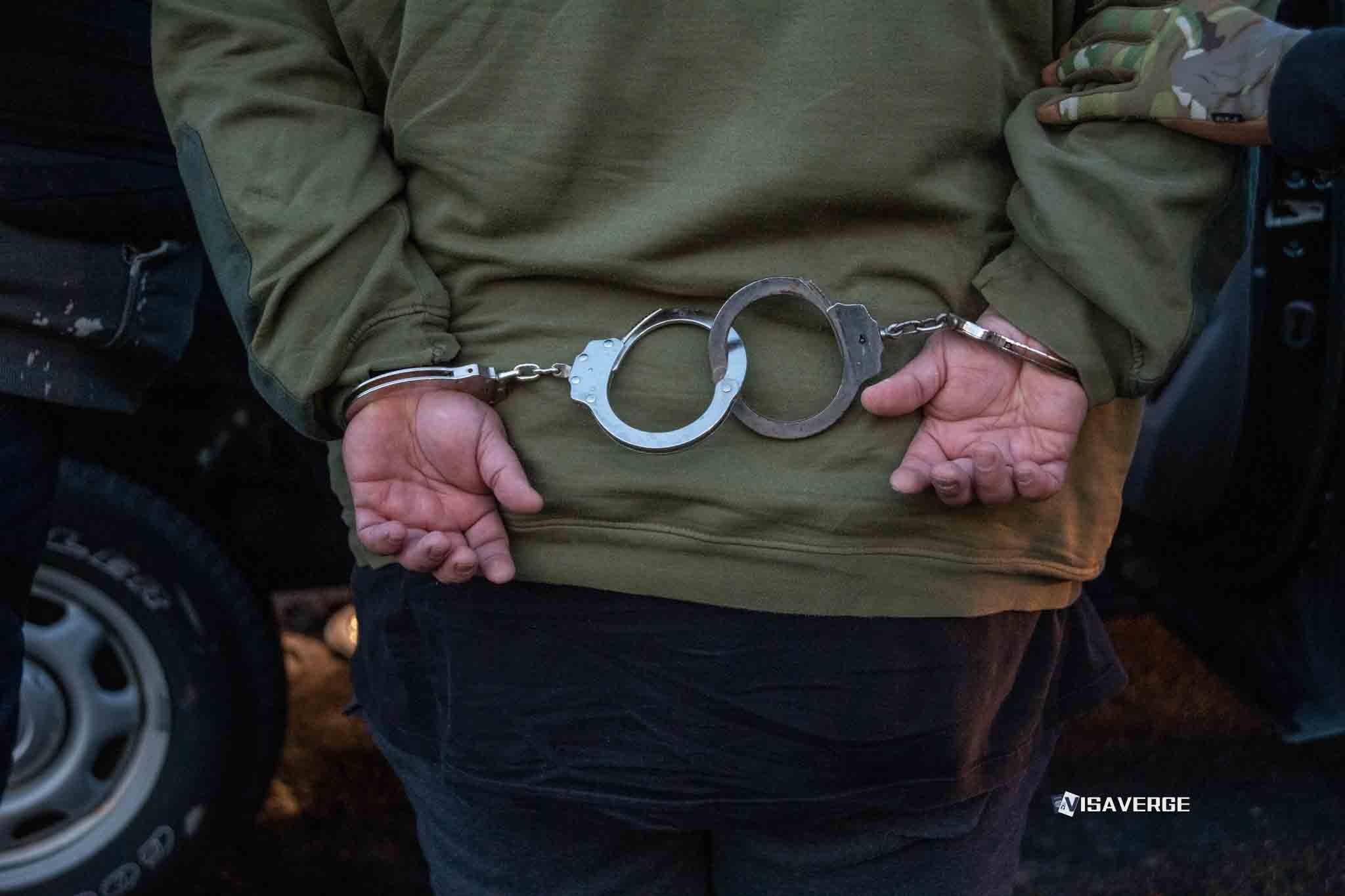The Trump Administration has deployed National Guard troops to support ICE facilities and immigration enforcement across the United States 🇺🇸 since June 2025, responding to large protests and unrest. This move marks a major increase in the use of military resources for immigration policy, with ongoing legal and political debates over its impact and legality.
In early June, President Trump ordered about 4,000 California National Guard troops and 700 Marines to Los Angeles after protests against ICE raids. Of these, 2,000 National Guard troops were assigned to help ICE detention centers and agents nationwide, including at military bases now used for immigrant detention. The White House said this action was needed to protect federal property, keep ICE staff safe, and maintain order during what it called a “rebellion against the authority of the Government of the United States.”

California Governor Gavin Newsom challenged the deployment in federal court, calling it illegal and politically driven. While a district court first sided with Newsom, an appeals court allowed the Trump Administration to keep control of the troops while the case continues. Civil rights groups like the ACLU have strongly criticized the use of the National Guard at ICE facilities, warning about possible violations of detainees’ rights and limited access to legal help.
By mid-July, the Trump Administration announced it would pull back the 2,000 National Guard troops in Los Angeles, but it’s unclear how many remain elsewhere. Officials say more deployments could happen if protests or unrest continue in other cities.
A presidential memorandum issued June 7, 2025, invoked 10 U.S.C. 12406, allowing the federal government to use at least 2,000 National Guard members to protect ICE and other federal staff and property. These troops provide security, transportation, and intelligence support at ICE facilities but are not allowed to make immigration arrests.
The administration has also expanded detention capacity by using military bases:
– Fort Dix (NJ): Up to 3,000 detainees
– Guantanamo Bay (Cuba): Up to 400 detainees
– Camp Atterbury (IN): At least 1,000 detainees
– Fort Bliss (TX): Up to 5,000 detainees
As of June 23, 2025, ICE is detaining a record 59,000 people, far above its funded capacity of 41,500 beds. Overcrowding has led to reports of poor conditions, with many detainees lacking beds, water, or medical care. Nearly half have no criminal record.
The GUARD Act (H.R.4080), introduced in June, would formally allow National Guard use in immigration enforcement and set penalties for assaulting immigration officers. The administration’s budget includes $170 billion for expanding detention and deportation infrastructure.
President Trump and top officials defend these steps as needed to restore order and enforce immigration laws. State leaders and advocacy groups warn about legal, ethical, and humanitarian risks.
For official information on ICE enforcement and facility access, visit the ICE Enforcement and Removal Operations site. As reported by VisaVerge.com, the ongoing legal battles and possible new deployments mean the situation could change quickly, affecting thousands of immigrants, families, and communities across the United States 🇺🇸.
Learn Today
National Guard → State-based military units mobilized by federal or state governments for emergencies and support roles.
ICE (Immigration and Customs Enforcement) → Federal agency responsible for immigration enforcement and detaining unauthorized immigrants.
Detention Capacity → The maximum number of detainees a facility is authorized and equipped to hold safely.
10 U.S.C. 12406 → A legal statute allowing federal use of National Guard to protect federal property and personnel.
GUARD Act (H.R.4080) → Proposed legislation to formalize National Guard use in immigration enforcement with related penalties.
This Article in a Nutshell
The Trump Administration’s deployment of National Guard troops to support ICE marks unprecedented military involvement, aiming to enforce immigration laws amidst nationwide protests and overcrowded detention facilities, raising legal challenges and human rights concerns.
— By VisaVerge.com













